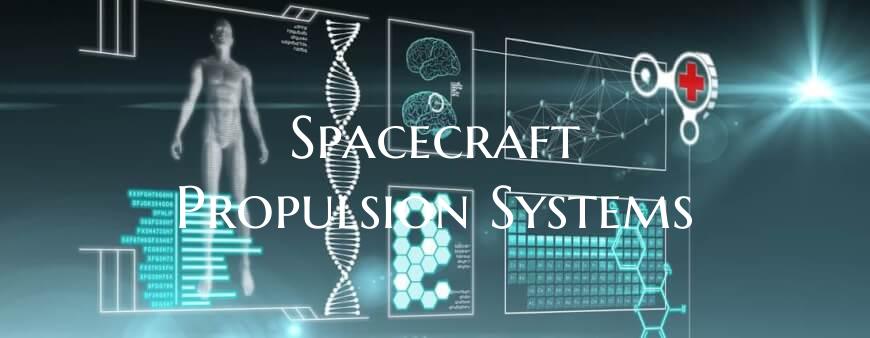Spacecraft Propulsion Systems
Spacecraft Propulsion Systems
Spacecraft propulsion systems are critical components enabling spacecraft to maneuver and travel through the vastness of space. These systems provide the necessary thrust to facilitate various space missions, from launching satellites into orbit to traveling to distant planets and beyond. Advancements in propulsion technology have played a significant role in expanding humanity's reach into the cosmos and have opened up possibilities for exciting space exploration endeavors.
There are various types of propulsion systems employed in spacecraft, each with its own unique capabilities and characteristics. Some of the most common propulsion systems include chemical propulsion, electric propulsion, and solar sail propulsion.
Chemical propulsion systems, such as rocket engines, are the most traditional and widely used form of propulsion in spacecraft. These engines generate thrust by combining chemical propellants, such as liquid oxygen and hydrogen, in a controlled combustion process. While chemical propulsion systems provide high thrust levels, they are limited by the amount of propellant carried onboard, which can restrict the duration and range of missions.
Electric propulsion systems, on the other hand, offer a more efficient and fuel-efficient alternative to chemical propulsion. These systems use electric power to accelerate propellant ions or particles to generate thrust. While electric propulsion systems provide lower thrust levels compared to chemical propulsion, they are capable of operating for extended periods, making them ideal for long-duration missions and maintaining spacecraft in precise orbits.
Solar sail propulsion represents a novel approach to spacecraft propulsion that utilizes the pressure exerted by sunlight to generate thrust. This technology involves deploying large, lightweight sails that capture and reflect sunlight, producing a gentle but continuous acceleration. Solar sail propulsion offers the advantage of virtually unlimited propellant in the form of sunlight, enabling long-duration missions and the exploration of distant regions in the solar system.
As humanity continues to push the boundaries of space exploration, the development of advanced propulsion systems will be crucial in enabling ambitious missions to explore distant planets, asteroids, and even interstellar space. Researchers and engineers are constantly innovating and improving spacecraft propulsion technologies to achieve higher speeds, greater efficiency, and enhanced capabilities for future space missions.
In conclusion, spacecraft propulsion systems are essential components that drive the exploration of space and enable humanity to reach new frontiers in the cosmos. From chemical rockets to electric propulsion and solar sails, the diverse range of propulsion technologies plays a vital role in shaping the future of space exploration and expanding our understanding of the universe.

